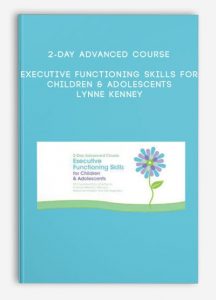
2-Day Advanced Course: Executive Functioning Skills for Children & Adolescents – Lynne Kenney
Description:
n this interactive course, Lynne Kenney, Psy,D., pediatric psychologist, author and international educator, will show you how to integrate the newest research in neuroscience, kinesiology and neurocognitive education for students to behave better and learn more efficiently.
You will experience 50 developmentally progressive cognitive-exercises and coaching activities to enliven your classroom, office and clinic. Learn how to improve cognition, enhance learning and empower children to be better thinkers with motor movement, sequencing, attending, self-regulation and memory activities.
Dress comfortably, as we will be integrating movement throughout the day.
Outline:
Priming the Brain for Learning
Impact of brain stimulation, stress, ACE’s and trauma on learning
Create low-stress-high-connection learning environments
Biological precursors to learning
New preliteracy
Executive function precursors
5 early predictors of academic success
Create a calm classroom culture with kindness, respect & trust
Importance of collaboration, agency and creativity in learning and behavior
Foundational Motor Competencies that Proceed Learning
Balance and weight shift
Postural control for better learning
Foundational movement patterns & sequences
Types of patterns and elements
How to build a movement sequence
Activities
Balance activity
Teaching weight shift
Head, shoulders, hips & knees
Can everybody count
Initial brain primer sequences for attention, memory and self-control
Musical Thinking
We are musical
Using The Love Notes Measures are magic!
“We Move on the Beat in Time Together”
Sequence is the secret
Activities
Musical thinking rhythm cards
Communicating need sets musically
Movin’ and Groovin’ movement mixes
Creating your own standing patterns
Thinking Interventions for Better Learning and Behavior
Executive functions CAN be learned
Build core executive functions for achievement
Cognitive skills building process
“I am the Best Coach for My Brain” – Lessons for Students
Teach children about their brains
Make executive functions transparent
“Cognitive Conversation”
Activities
8 brain lessons for students
Cognitive conversation prompts
The THINK Cards SAM Call and response cards
The “Cognitive Conversation” about Attention
My Attention Engine
Attention is more than one thing
Attention cycle
Types of attention
Activities
Prompts and questions
Raise mindful awareness
My Attention Engine
Songs and chants
Interactive conversational practice
Seated Work For Better Attention
Alert Attention
1-5 minute desk percussion activities
Stadium effect
Compositions & orchestras
Activities
Table top tap
Repeat the beat
CogniTap
Paradiddles
Cognitive Engagement – Music, Piano & Drumming
Role of music in learning
Build musical skills through auditory channels
Imagination in spatial drumming
Meludia Method
Taiko
Activities
In Time (Advanced Brain Technologies) Solfege
Developing Your Own Patterns and Sequences
Patterns
Sequences
Elements
Sound and movement mixes
Cueing
Activities
You’re a conductor
We’re an orchestra
Language, Dyslexia, Reading and Learning
What the research says about the precursors to reading
Different types of dyslexia
Role of speed of processing in reading
Temporality, timing and prosody in reading
Are rhymers really readers?
Activities
Narrative language in daily life
Visual story-telling – sequencing and patterning in pictures
Lullabies, folk songs and rhyming songs
Circle pattern rhyming activities
Visual-Motor Language: Spotlight
What is Spotlight and how was it developed?
Collaboratively reading the visual-motor language
Importance of cognitive cueing
Use spotlight in various settings
Activities
Initial instructions to the student(s)
Mirror and alternate
Planer, lateral and contralateral movements for learning
Create your own sequences
The one spotlight movement circle
Brain Primers (Mike Kuczala)
Developmentally progressive cognitive engagement
Increase cognitive-motor demands
Engage creativity and collaboration
Engage the reluctant learner
Advanced mix and match elements, patterns and sequences
Activities
Brain primers
The “Cognitive Conversation” about Memory
Working, short-term, long-term, visual working, verbal (auditory) working memory
Encode and retrieval
Art, music and movement improve science
Activities
File cabinet visual prompt
Retrieve math facts with Quick Rick
Encoding spelling with Slow Mo
Working memory enhancement strategies
Visual memory enhancement techniques
Improving Behavior with Cognitive-Motor Movement
The “Cognitive Conversation” about SelfControl (Response Inhibition) + Impulsivity
Achieve better classroom cohesion, socialization and behavior with responsive movement
Difference between self-regulation and self-control
Response inhibition and impulsivity
Types of impulsivity (motor, verbal, cognitive)
“Felt-Sense” of slowing down (self-control and selfregulation)
5 quick effective responses to dysregulated kids
Between urge, action and behavior
Trauma, cognition, and dysinhib


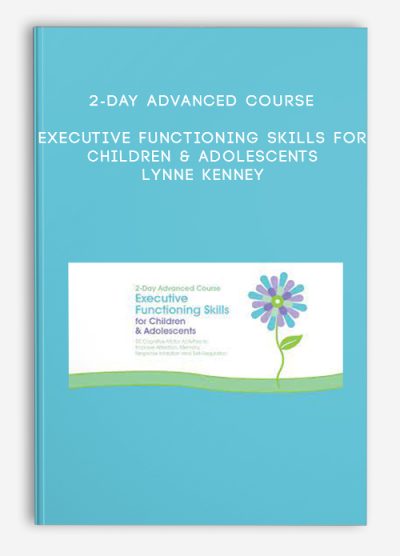
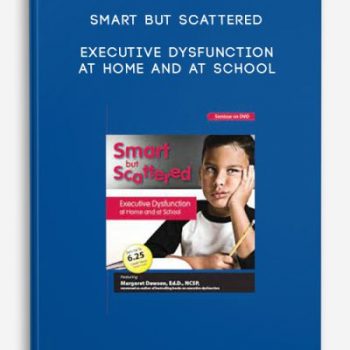
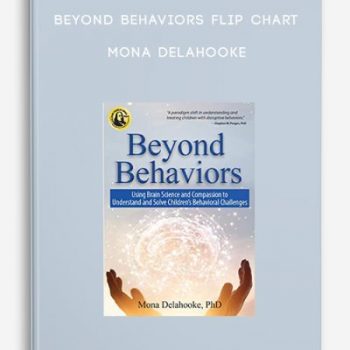
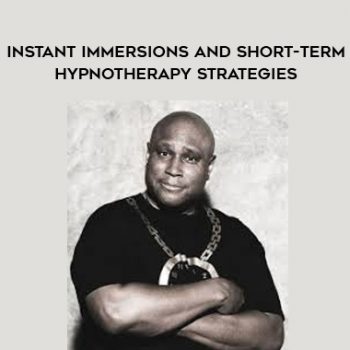
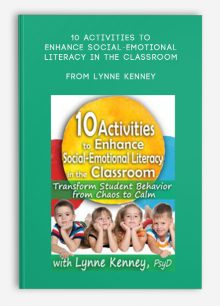

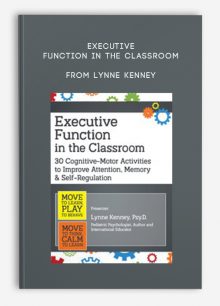
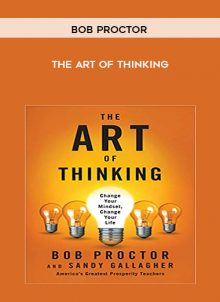

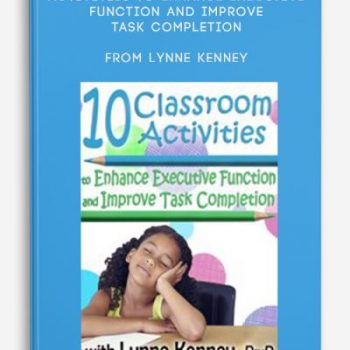

tristian –
This is Digital Download service, the course is available at Vincourse.com and Email download delivery.